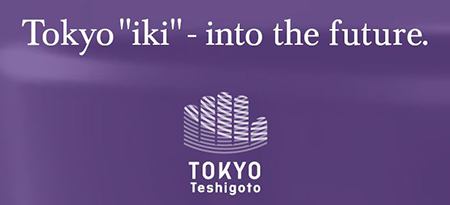Kyo Komon

- Kyo Komon dates back more than 1,200 years, when the all-essential stencil papers were first made. After the Onin War which occurred during the Muramachi period (1333-1568), a number of different kinds of silk cloths were produced. This led to the development of two forms of stencil dyeing, tsujigahana and chaya-zome around the area of Horikawa in Kyoto and became a dyeing center. Fine-pattern dyeing can be found on a number of important garments including a coat belonging to Uesugi Kenshin bearing his crest, and on a waistcoat worn by Tokugawa Ieyasu also bearing his crest. It was about this time that rice-paste resist techniques were perfected. This form of fine-pattern dyeing was a method of stencil dyeing small patterns in a single color on such garments as a kamishimo, the ceremonial robe worn by the warrior classes. These days just as in the past fine patterns are still being dyed using stencil papers but much bolder western florals have now been added to its repertoire. Cloth is mainly produced for kimono and coats.
- Kyoto






